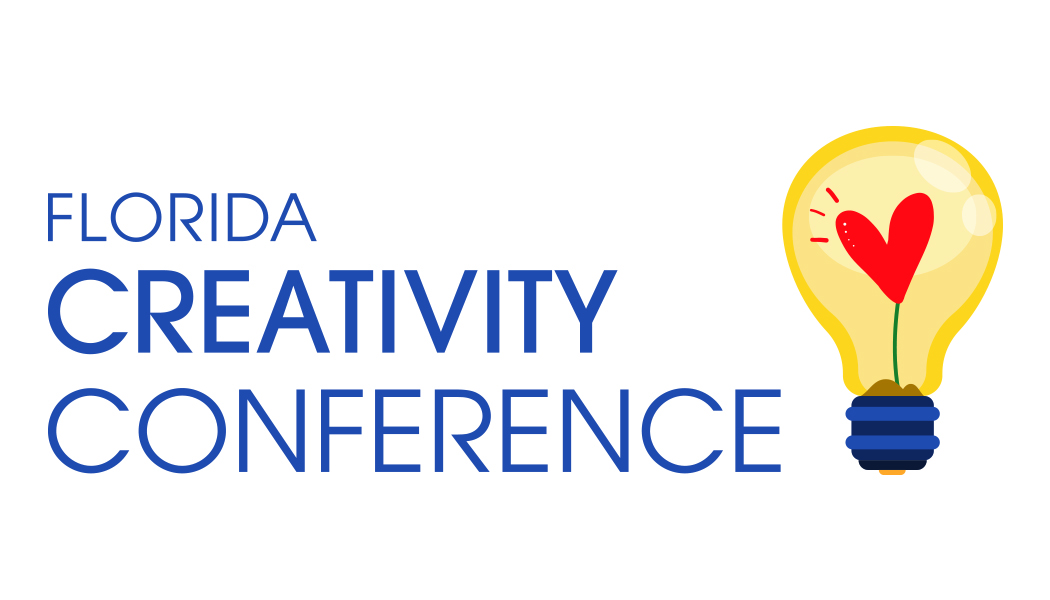CPS Level 2: Creative Problem Solving Tools… Build on Your CPS Skills
Prerequisite: Level 1 completion, or approval based on demonstrated knowledge
This is a natural stepping stone if you have previously taken Foundations of Creative problem Solving (formerly Springboard). This fast-paced course allows beginner to intermediate facilitators to go deeper into the CPS process, adding more facilitation tools to your repertoire.
You will gain a clear understanding of which tools to use at each stage of the CPS process, as well as how to modify them to fit your session objectives or add a bit of creative flair. You will have time to practice tools to gain real mastery of them. You will also learn a variety of energizers and fun grouping games to keep your sessions engaging and interactive. Learn through small- and large-group work, including round-robin sharing and show-and-tell exercises.
Creative Problem Solving Tools is the second of four skills-building courses in Creative Problem Solving. After completing all four CPS courses, you will deepen your ability to facilitate and train others in the CPS process, while also becoming eligible to be considered to lead CPS programs at future CPSI’s!
Why Sign Up for CPS Level 2: Creative Problem Solving Tools?
In this course, you will:
- Practice a variety of divergent and convergent tools for individual and group problem solving.
- Learn how and where to apply different tools within the CPS process.
- Practice facilitating tools.
- Discover how to use tools when you or your team are unable to progress or working in areas of low preference.
What Previous Participants Have Said
- The tools! Actually doing them, leading them, practicing them – I am high implementor, so DUH! I loved DOING THE THINGS not just talking about the theories. 🙂
- We have more opportunities to get feedback from participants and adjust the agenda to meet their expectations.
- Hands on, applicable exercises with 3 experts to offer real world feedback. Practice time. Flexibility to focus on some tools of specific interest
- Moving from the CPS process, to the granular tools to help create a consistent and meaningful way to collect information for my internal clients to help them solve their problem.
Tools FAQ's
A: Tools takes place over the length of the three-day conference. When attendees are in their breakout workshops, you will attend Tools. The schedule allows you to attend other networking and MainStage events with other conference attendees.
A: Tools at FLCC is limited to 25 attendees.
A: Currently the schedule allows Tools attendees to attend networking and MainStage events as well as a 90-minute breakout workshop on Saturday afternoon.
